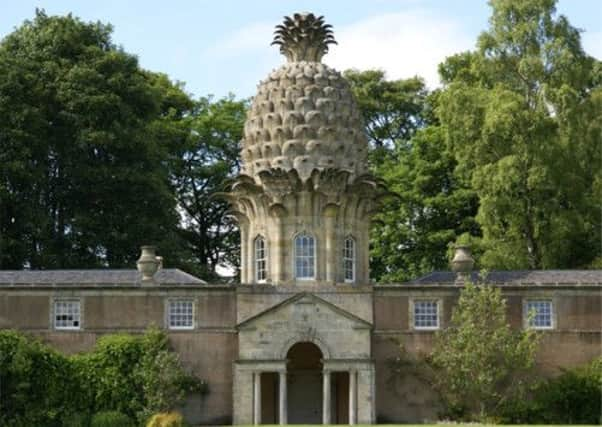Scottish fact of the week: The Dunmore Pineapple


Built in 1761, and situated near Airth in Stirlingshire, the 4th Earl of Dunmore John Murray commissioned the construction of the 45-foot high Pineapple, which sits on top of a classical Palladian pavilion, containing a small octagonal room.
Considered by some to be a symbol of wealth, pineapples had only been grown in Scotland for around 30 years at the time the building was completed, and were still very much an exotic fruit.
Advertisement
Hide AdThe Pineapple itself looks out on a fruit orchard which still survives today - but the heated greenhouses in which John Murray grew his own pineapples are long gone.
With extraordinary detail, each individual leaf of the pineapple has its own drainage system to avoid damage from frost.
Indeed, the hardy construction of the building meant that by 1970, it had survived in better shape than its surrounding buildings, which were beginning to crumble and decay.
The Countess of Perth gifted the buildings, and the Pineapple, to the National Trust for Scotland, who restored them to their former glory with help from the Landmark Trust.
The gardens are open to the public and the Pineapple itself can be rented out as an unsual and exotic holiday destination.